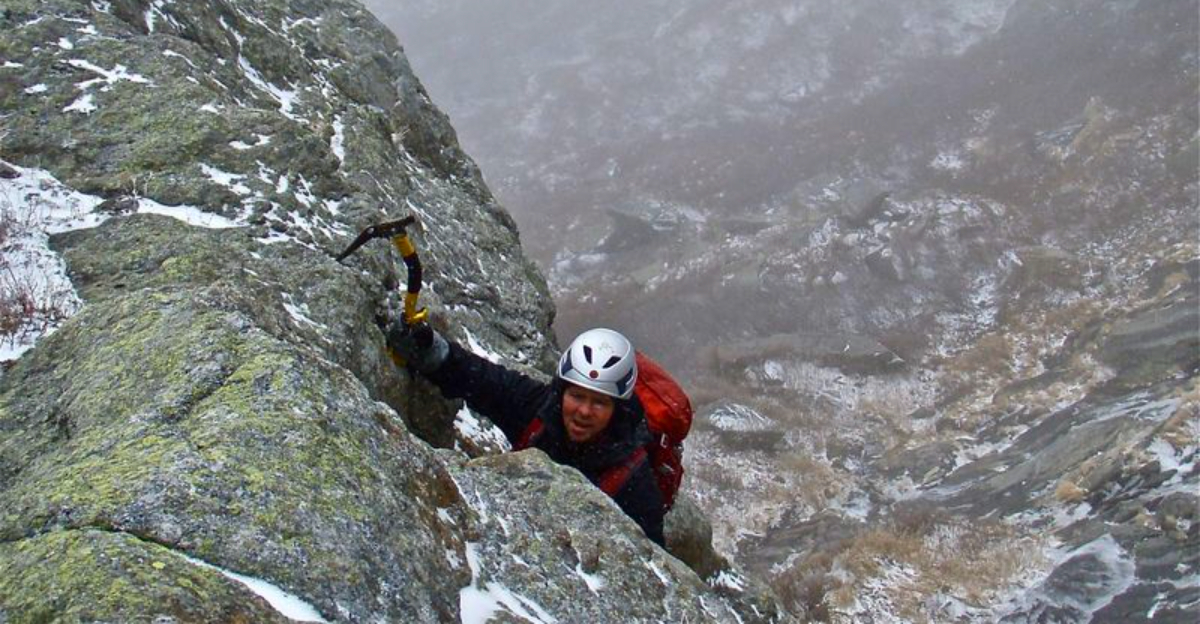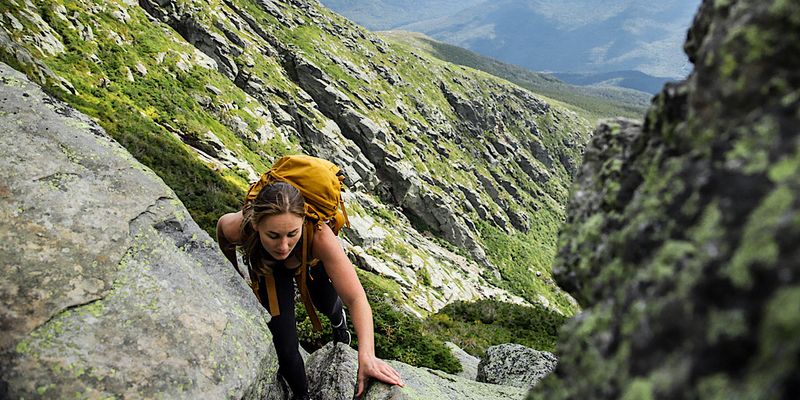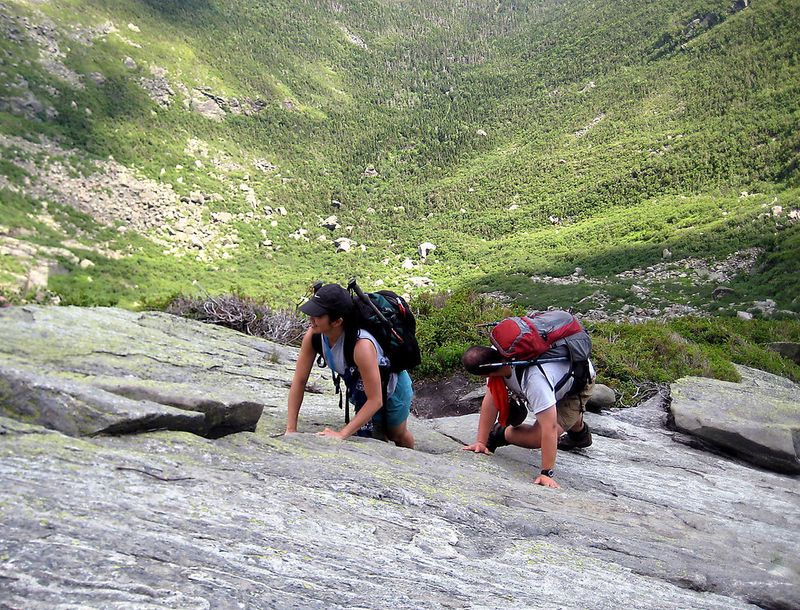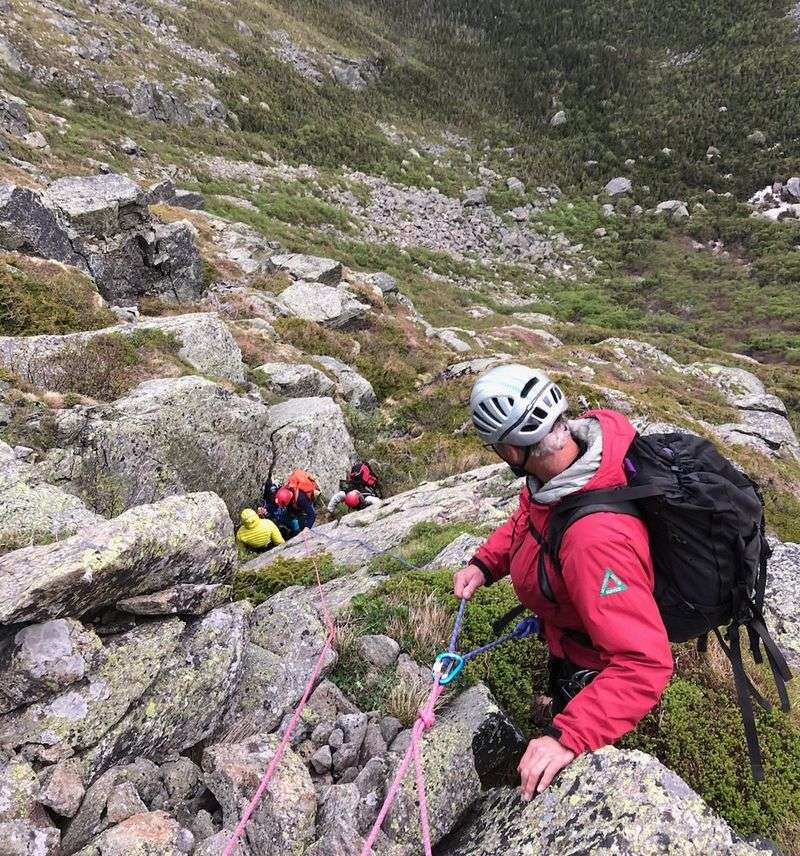Mount Washington’s Huntington Ravine Trail is a raw, vertical challenge that rewards bold hikers with unmatched alpine drama. If you crave exposure, granite slabs, and a direct line into the mountain’s legendary weather, this route will test your preparation and nerve. Yet its danger is real, and the solitude can amplify every decision you make. Read on for 12 essential tips to approach this hidden classic with respect, skill, and a plan.
1. Know the Trail’s Reputation
Huntington Ravine Trail has a formidable reputation for difficulty and objective hazard, often cited among the most dangerous hikes in New Hampshire’s White Mountains. Expect steep, sustained scrambling, exposure, and terrain that punishes poor choices. Research accident histories and expert trip reports to understand common pitfalls before committing. This is a technical hiking route with alpine character, not a casual walk. Study route-finding nuances, escape options, and weather windows. Review maps and read detailed notes on the headwall. Treat the objective like a climb. Respect the risks, and bring the experience and judgment to match them.
2. Expect Major Elevation Gain & Technical Scrambling
Prepare for relentless elevation gain and sections of true scrambling that demand hand-and-foot movement. The headwall features steep, exposed granite where route choice matters and confidence is essential. Some segments are considered Class 3, requiring secure footwork and careful body positioning. You will cross boulder fields and slabs that can be slick when damp. Trekking poles may help below treeline but stow them for the scramble. Fitness alone is not enough; technical comfort is critical. Practice moving efficiently on rock beforehand. Commit to three points of contact, maintain deliberate pace, and communicate clearly with partners on tricky moves.
3. Start at the Pinkham Notch Trailhead
Most hikers access Huntington Ravine from the Pinkham Notch Visitor Center, a reliable waypoint with parking, information, and facilities. Arrive early to secure a spot and check conditions. From here, follow signed trails toward Huntington, verifying intersections to avoid wrong turns that waste energy and time. Review the route board and consult staff if available. Pinkham Notch also provides a sensible logistical base for alternative descent routes. Take a photo of the map and confirm your plan with your group. Ensure everyone understands the timeline, bailout options, and communication protocols before leaving this central, well-supported trailhead.
4. Prepare for Wild Weather Conditions
Mount Washington’s weather is famously severe, with a historic 231 mph surface wind record not associated with a cyclone. Huntington Ravine is highly exposed, magnifying wind, chill, and precipitation effects. Pack hard shells, insulating layers, gloves, and eye protection regardless of the forecast. Secure loose items and tighten helmet straps before the headwall. Check the Mount Washington Observatory forecast repeatedly and build conservative margins. Be ready to turn around if winds escalate beyond safe thresholds. In shoulder seasons, ice can lurk on slabs even when the valley feels warm. Your gear and decisions must account for rapid, punishing changes.
5. Choose the Right Season
Huntington Ravine is typically most reasonable in late summer through early autumn when lingering snow and verglas are least likely. Early season can bring ice in shaded slabs, and winter conditions turn the headwall into a mountaineering objective. Shoulder months remain unpredictable. Plan for a stable high-pressure window, but still pack microspikes or traction if temperatures flirt with freezing. Fall days grow shorter; manage turnaround times and bring powerful headlamps. Leaf litter can hide slick holds and loose stones. Aim for dry rock and moderate winds, and if conditions deteriorate, reschedule rather than forcing a risky ascent.
6. Be Ready for Sudden Storms
Even on fair mornings, Mount Washington can conjure fog, sleet, rain, or thunder with minimal warning. Build contingency time into your plan and identify retreat options before committing to the headwall. Carry an emergency bivy, extra insulation, and waterproof layers. Store electronics in dry bags and use redundant navigation tools. Monitor cloud development and wind trends as you climb. If thunder threatens, avoid exposed high terrain and metal gear clustering. Visibility can collapse in minutes, complicating route finding. Practice calm, efficient transitions when donning layers or gloves so you can respond quickly without losing heat or momentum.
7. Use Proper Footwear & Gear
Footwear with sticky rubber and strong edging is essential on Huntington’s slabs and talus. Choose supportive boots or approach shoes that inspire confidence on wet granite. Consider a climbing helmet for rockfall and slips. Carry a hard shell, insulating midlayer, gloves, and a warm hat. Traction devices may be useful in cold snaps. Trekking poles help on approach but stash them for steeper scrambling. A compact first aid kit, headlamp with spare batteries, and repair tape add resilience. Keep the pack snug to preserve balance. If uncertain, practice on lower-angle granite scrambles before committing to the headwall.
8. Avoid the Trail for the Descent
Descending Huntington Ravine dramatically increases risk due to downclimbing steep, exposed slabs where footholds are harder to see. Most experienced hikers choose a safer descent such as Tuckerman Ravine or Lion Head. Plan your loop before starting and budget time for the longer exit. Fatigue magnifies mistakes on wet granite, so favor conservative routes. Verify signage at junctions to avoid unintentional returns to the headwall. If weather shifts, prioritize getting below treeline quickly. Communicate the descent plan clearly with your group at Pinkham Notch and again before topping out, reducing ambiguity when conditions and energy levels change.
9. Carry Water, Food & Navigation Tools
Above the forested approach, amenities vanish and the terrain becomes remote and committing. Bring ample water or a reliable filter, high-calorie snacks, and a real meal for slow progress days. Navigation should include a paper map, compass, and a GPS app with offline maps. Phone batteries drain quickly in cold wind, so carry a power bank. Stash layers in dry bags and keep essentials accessible. Label pockets for quick retrieval at stances. Agree on turnaround time and waypoints. Hydrate early to avoid cramping on slabs. Small organization details often decide whether a tough day stays controlled and safe.
10. Know Your Limits & Experience
Huntington Ravine is inappropriate for casual hikers. Comfort with exposure, solid scrambling technique, and decision-making under pressure are essential. Honestly assess your skills on similar granite and Class 3 terrain. If your group includes less experienced members, choose a different objective or hire a guide. Fear can spiral into mistakes when holds feel sparse or slick. Fitness cannot substitute for technical movement. Practice route finding and communication on easier objectives first. If doubt persists, turn around early while options remain. The mountain will be there another day, and discretion is the hallmark of a seasoned mountain traveler.
11. Expect Fewer Hikers, More Solitude
Compared to popular Mount Washington routes, Huntington Ravine sees far fewer hikers, increasing solitude and the need for self-reliance. You may not have immediate help if something goes wrong. Carry extra layers, a whistle, and a satellite communicator if possible. Manage group spacing so a slip does not cascade into multiple falls. Keep communication crisp on exposed sections and regroup at safe stances. Solitude enhances the experience but reduces margin for error. Respect wildlife and fragile alpine plants. Leave No Trace principles preserve the character of this rugged place for those prepared to meet it on its demanding terms.
12. Respect the Risk & Be Prepared for Rescue Scenarios
Serious incidents have occurred in Huntington Ravine, and rescues can be complex, weather-dependent, and slow. Carry a first aid kit, extra warmth, and a means of communication beyond cell coverage. Share your itinerary with a trusted contact and set check-in times. Practice calm incident response: secure the scene, prevent hypothermia, and communicate clearly with rescuers. Know basic self-evacuation options to safer terrain. Avoid pushing into twilight or deteriorating weather. A conservative mindset turns near-misses into non-events. Respect this terrain by planning meticulously and acting decisively when conditions or energy shift. Your caution protects your team and rescuers.
















